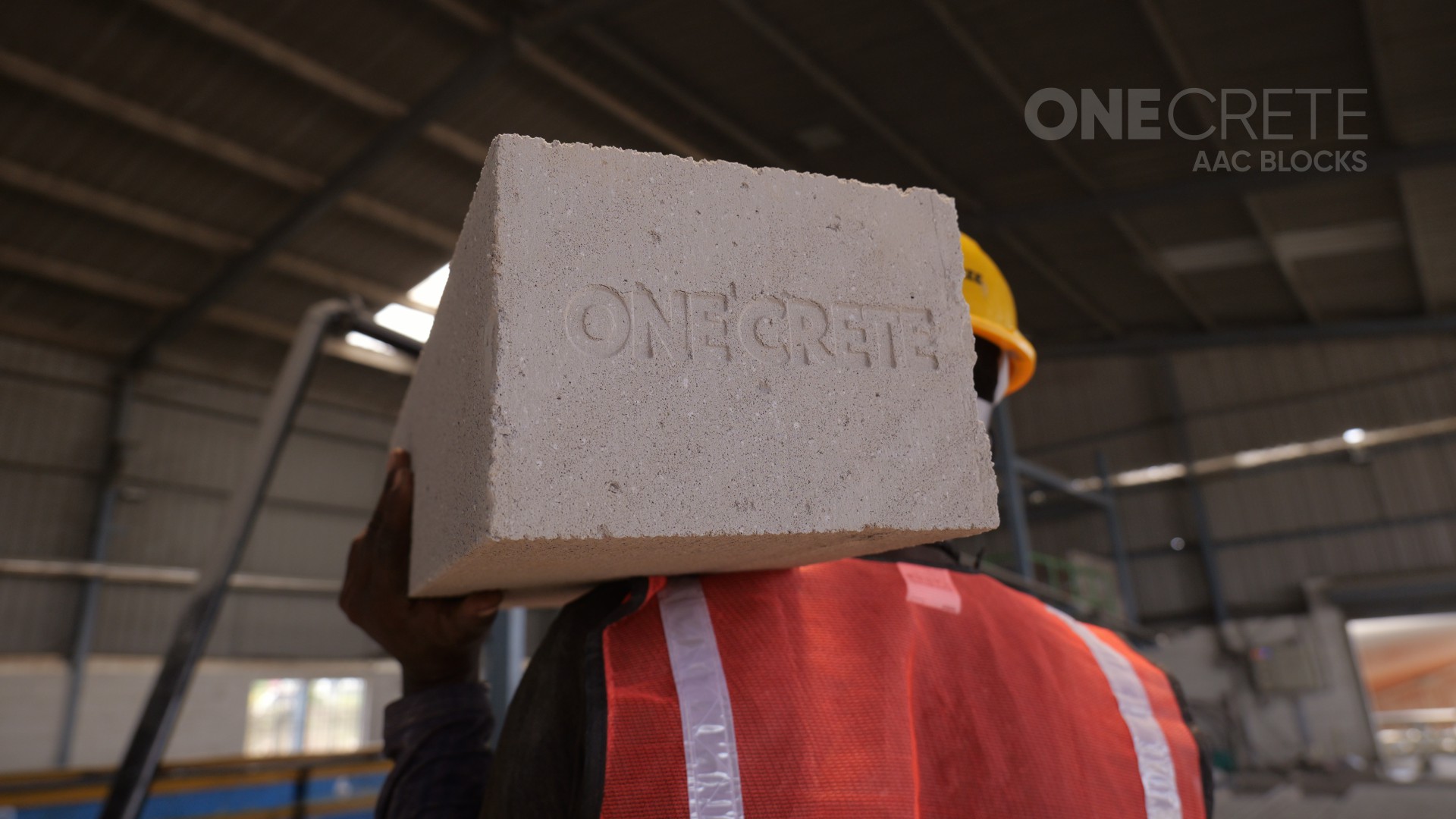The AAC Block Industry
The AAC blocks manufacturing process is a perfect blend of innovation and sustainability. It also ensures high efficiency throughout production. As India and the world move towards greener construction practices, these blocks will play a significant role. They will continue to shape the future of the industry. With top AAC block makers in Gujarat and across India, the country is ready to meet the rising demand. At the same time, it continues to promote environmental responsibility.
Whether you are an architect, builder, or homeowner, these blocks offer the perfect balance of strength and performance. They also provide exceptional sustainability for modern construction needs. Make the switch to AAC blocks today and experience the difference, from factory to finish! ONECRETE is the biggest AAC block manufacturer in India.
Raw Materials Used in AAC Block Manufacturing
The following are the key raw materials used in the manufacturing of AAC blocks. Each material contributes to the unique properties of the product:
Fly Ash
A byproduct of thermal power plants, fly ash provides silica essential for the aeration process.
Environmental Benefit: Utilizes waste material that would otherwise contribute to pollution.
Cement
Acts as a binding agent to enhance the structural strength of AAC blocks.
Proportion: Typically, 6-8% of the total raw material mix.
Lime
Provides reactivity and contributes to strength development through the hydration process.
Impact: Reduces shrinkage and ensures the long-term stability of the blocks.
Gypsum
Added in small quantities to regulate the setting time and improve binding properties.
Aeration Agents (Aluminum Powder)
It reacts with the fly ash slurry to produce hydrogen gas. This creates tiny air bubbles that give AAC blocks their lightweight and porous structure.
Water
Used to mix the dry ingredients and activate the chemical reactions during the production process.
AAC Blocks Manufacturing Process: Step-by-Step
Step 1: Raw Material Preparation
The process begins with the preparation and measurement of raw materials. Fly ash or sand is ground into a fine powder to meet the required silica content. Cement, lime, and gypsum are also measured and stored in silos for batching.
Step 2: Mixing and Dosing
In this step, all dry ingredients are blended into a slurry mixture. Aluminum powder is added to trigger the chemical reaction, releasing hydrogen gas that forms tiny airbubbles in the mix. This aeration process ensures the blocks remain light and porous.
Step 3: Pouring into Molds
The slurry is poured into large molds, where it begins to expand like dough due to the release of gas. The mixture rises to fill the mold completely, forming what is known as a “green cake.”
Step 4: Pre-Curing
The green cake is left to set for several hours to gain enough strength for cutting. This pre-curing step ensures the cake is solid yet flexible enough to be cut precisely.
Step 5: Cutting
After pre-curing, the green cake is cut into standard block sizes using precision cutting machines. Vertical and horizontal wires are used to create sharp edges. This ensures that the blocks are dimensionally accurate.
Step 6: Autoclaving
The cut blocks are transferred to autoclaves, which are high-pressure steam chambers. The blocks are exposed to temperatures of 180°C to 220°C and pressure of around 12 bar for 10-12 hours. This process strengthens the blocks by converting lime and silica into calcium silicate hydrate. Calcium silicate hydrate is a key component for structural integrity.
Step 7: Quality Testing and Packaging
The cured blocks undergo rigorous testing for strength, density, and dimensions. Blocks that meet the standards are stacked, wrapped, and dispatched to customers.

